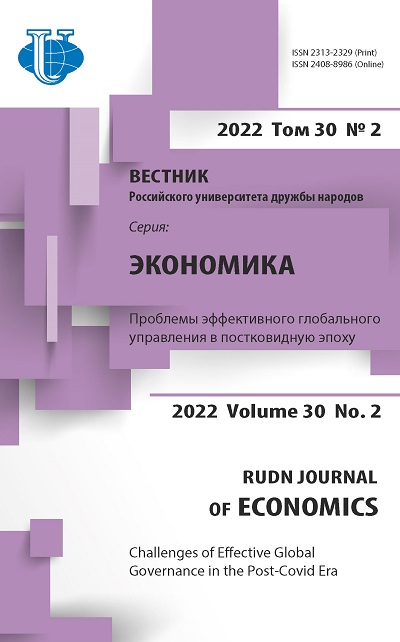Abstract
In the context of modern conditions of foreign economic relations between the countries of the Eurasian Economic Community, they are being transformed under the influence of external challenges and threats. The pandemic temporarily paralyzed intercountry relations in the integration group. Despite this, the official institutions of the EAEU are developing new programs and strategic directions for the further development of this association. The purpose of the study is to assess the economic positions of the EAEU countries in international markets and to study individual strategic directions for the development of Eurasian integration until 2025. As a theoretical and methodological basis, the article uses the statistical, historical and logical method, dialectical principles and contradictions, the method of scientific abstraction. On this basis, the current state of the countries of the Eurasian Economic Union is analyzed, the indicators of international trade for 2017-2020 are assessed, the export and import range, proportion of imports covered by exports and etc. Particular attention is paid to the dynamics of industrial producer price indices for 2016-2020 and on this basis, a forecast for this indicator is given. It is noted that the share of innovative products of Russia in the total volume of shipped products of its own production is decreasing every year, which significantly affects the country’s position in international markets. It was noted that in order to strengthen the relationship of the EAEU countries at the stage of transformation of the geo-economic system, it is necessary to comprehensively and stage-by-stage implement the Strategic Directions for the Development of Eurasian Economic Integration.















